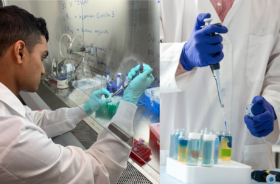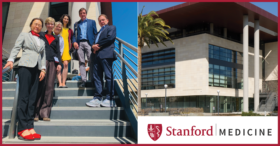SAN JOSE, Calif., Aug. 13, 2020 (GLOBE NEWSWIRE) — The Santa Clara County Board of Supervisors unanimously declared Lyme Disease Awareness in the County. The proposal, put forward by Supervisor Dave Cortese, brings a heightened and renewed focus on a growing public health crisis in the County.
On May 13, the Santa Clara County also promoted National Lyme Disease Awareness Month and the Center for Disease Control’s “Tick Lunch and Learn Series” on the County’s social media presence.
“With our belief that being outside is safer than being inside in preventing COVID-19 transmissions, it is important that we call attention to Lyme Disease, which is also a significant public health threat,” said Supervisor Dave Cortese. “Thank you to the Bay Area Lyme Foundation for bringing awareness to this tick-borne disease and the precautions we can take to prevent it.”
Lyme Disease and its co-infections represent the fastest-growing vector-borne disease in the country. Representing a significant public health threat, Lyme is an infectious disease transmitted to humans by the bite of an infected blacklegged tick, found in 56 out of 58 counties in California—or 97 percent. Early detection is key for a quick recovery, and that is where awareness can be life-altering.






 Guest Post from
Guest Post from